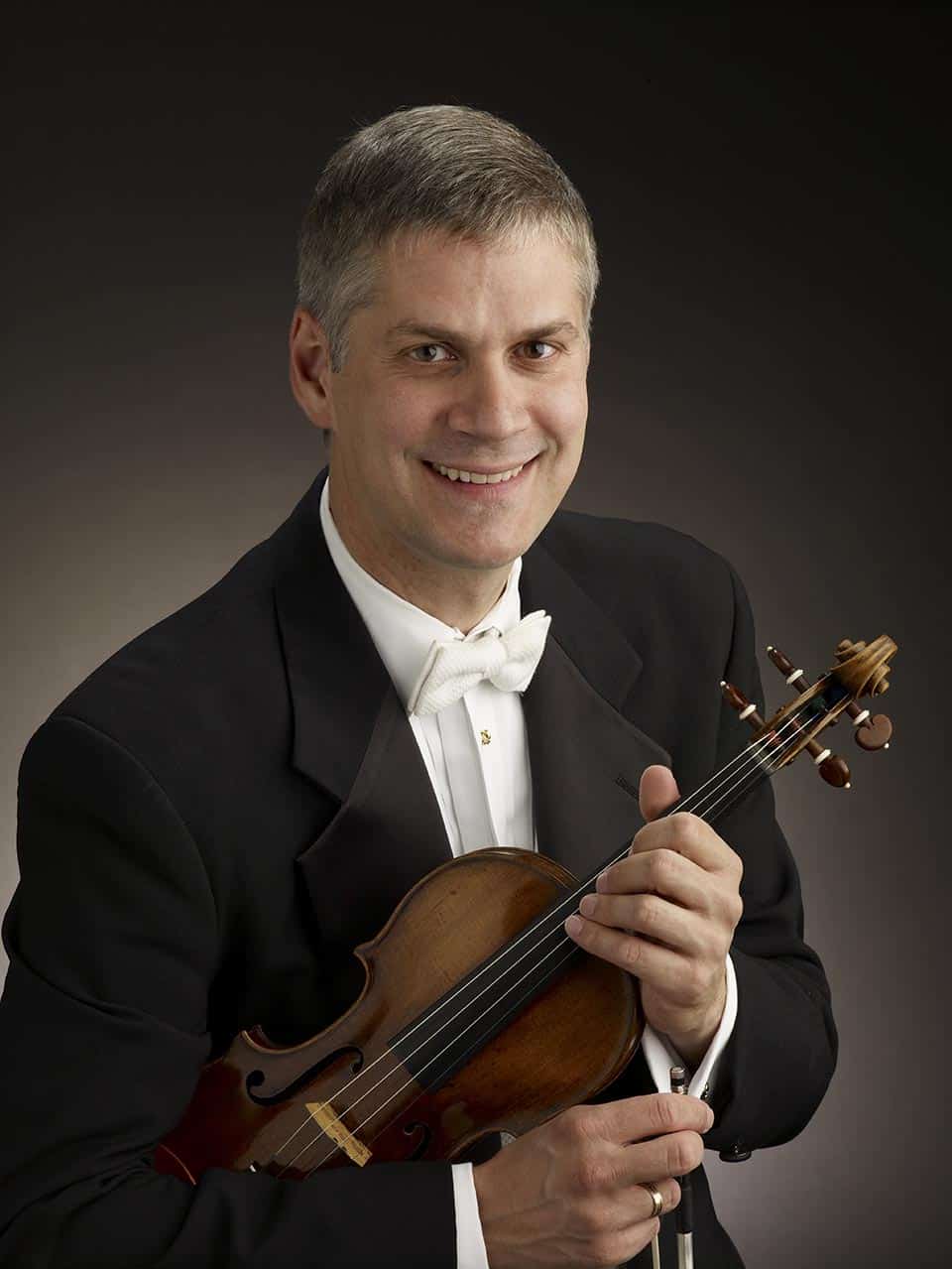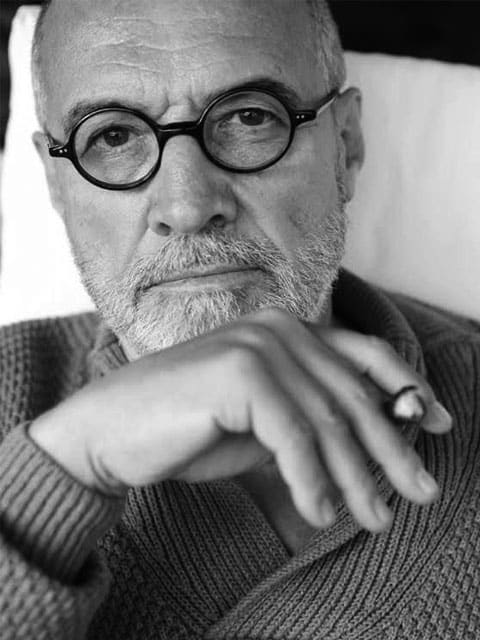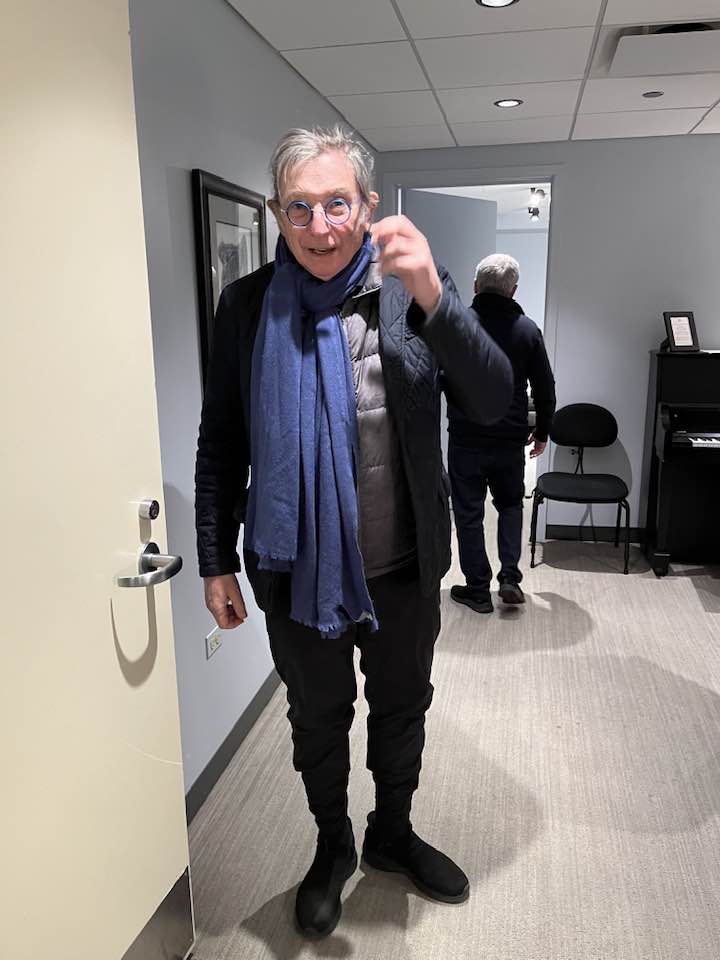Who’s America’s top-paid orchestra chief?
mainDrew McManus has the latest answers, drawn from 2016 tax returns.
1 Deborah Borda, Los Angeles Philharmonic $1,579,971
2 Mark Volpe, Boston Symphony $831,728
3 Allison Vulgamore, Philadelphia Orchestra $802,840
4 Matthew Van Besien, New York Philharmonic $728,345
5 Deborah Rutter, Chicago Symphony $615,035
6 San Francisco Symphony $590,524
7 Dallas Symphony $500,763
8 Cincinnati Symphony $479,620
9 Seattle Symphony $470,993
10 Houston Symphony $449,472

More detail here.





Oy. Her again.
So many of them have changed jobs recently
Ah, the “ASOLE” log rolling club. You stay with an orchestra long enough to cash in. If you run it into the ground, no biggie, blame the musicians. Just be careful: that revolving door to the orchestra office spins so fast sometimes you may not be so sure if you’re on the way out ir the way in.
Is Mark Volpe the son of Joseph Volpe, the former director of the Met? He had I think, 8 kids
No, they’re not related.
No…Mark is the son of a longtime member of the Minnesota Orchestra!!!
I thought this was chief conductor pay! But no, it’s admin role. I would do this job for 60k
And if you didn’t step over the bodies you murdered first they’d be stepping over yours.
Seriously low salaries. This is showing the marginality of “classical” music in the big world.
In 2009 Carnegie Hall paid Clive Gillinson $800,000. By 2015 it was $2,235,308 – an increase of 180%.
Below are some examples of other high salaries for arts executives in 2009, as reported in the New York Times. For recent numbers I suspect one should add at least another 10 to 50% (and in some cases maybe something similar to the 180% increase Mr. Gillinson received.) America is a country by and for the rich:
* Reynold Levy’s annual compensation to run Lincoln Center tops $1 million.
*Deborah Borda, Executive Director of the LA Phil currently makes 1.8 million per year. She’s paid more the Dudamel.
* Glenn D. Lowry, director of the Museum of Modern Art, earned $2.7 million in the year that ended in June 2008, including several one-time bonuses and the cost of his apartment in the tower beside the museum.
* Occasionally institutions will also pay bonuses tied to performance or longevity, like the $3.25 million given in 2006 to Philippe de Montebello to recognize his 30-year service to the Metropolitan Museum of Art. (His aristocratic name fits well with America’s neo-feudalistic form of arts funding.)
* On top of his $940,000 salary, Michael Kaiser of the Kennedy Center earned a $150,000 bonus, as well as other benefits, for 2009.
* Zarin Mehta’s compensation, for fiscal year 2010, is $807,500. In the fiscal year ending in August 2008 he earned 2.67 million. This reflected his salary in addition to eight years of accumulated deferred compensation.
* Timothy Rub, the director of the Philadelphia Museum of Art earns $450,00.
* George Steel, the general manager and artistic director of New York City Opera received $360,000 – and from an opera house shut down its next season due to a lack of funds.
Part of the problem is that with America’s private funding system, organizations become inordinately dependent on high paid administrators who can wheedle money out of the wealthy. They also have to head huge, expensive “development departments” who have to reinvent the funding wheel every year. The public funding system used by Europeans is far more efficient, and its execs are paid far less.
Meanwhile, regional arts organizations remain impoverished. Arts orgnaizations have to be in financial centers where the wealthy donors live. In Europe, the arts are more democratically distributed since public funding is spread evenly.
America’s system is part of its winner-take-all concept of unmitigated capitalism.
The U.S. system of remunerating CEOs of non-profit arts institutions is simply appalling and will ultimately lead to the demise, irrelevance and marginilasation of these institutions, something that in many cases is already taking place. Meanwhile they continue on their path of surviving and enriching a select few by extorting exorbitant funds from gullible donors made to believe that a CEO of an orchestra must be paid the equivalent of an investment banker in order to get top talent. In most cases they don’t. Any person reading this blog who has dealt with the vast majority of U.S. symphony orchestra CEOs will have certainly noticed, in most cases, a level of amateurism and provincialism unrivaled in other countries. I have rarely encountered truly imaginative creative types over there, but rather haughty, extremely provincial, well-connected to money types lacking any spark, originality or even passion for the music or art that they present. They are, for the most part, fixated and obsessed on their rich donor base, scheming endlessly as to how they can get extra millions out of some rich old lady, only to then raise their own remuneration by a few hundred thousand dolllars per year. I seriously believe that their arts endowment system is doomed and will become more and more irrelevant in the coming years.